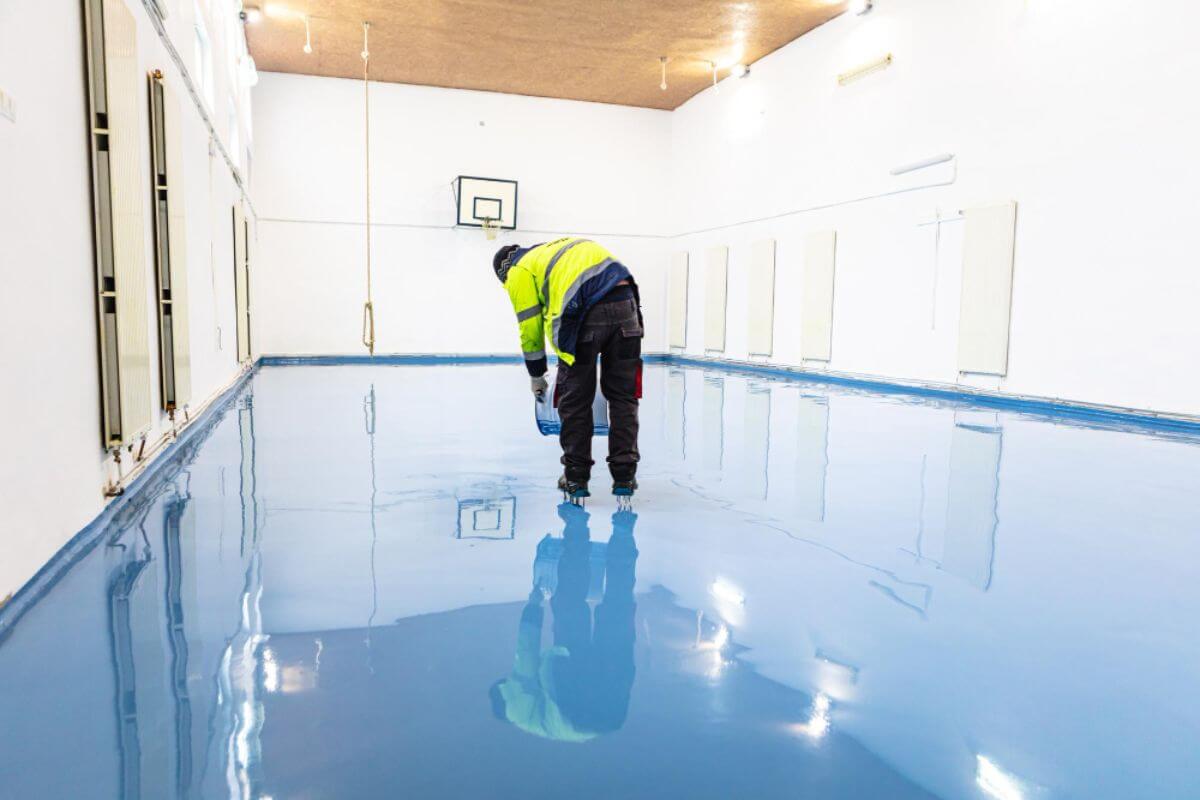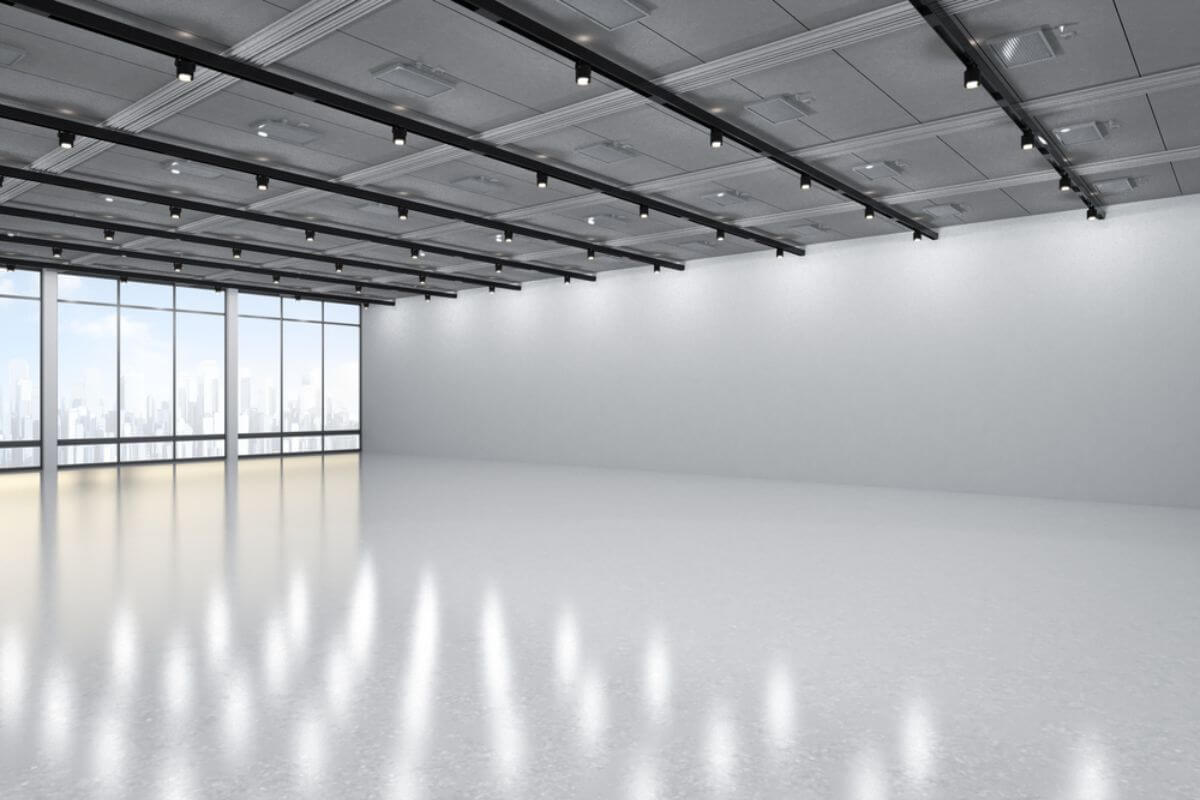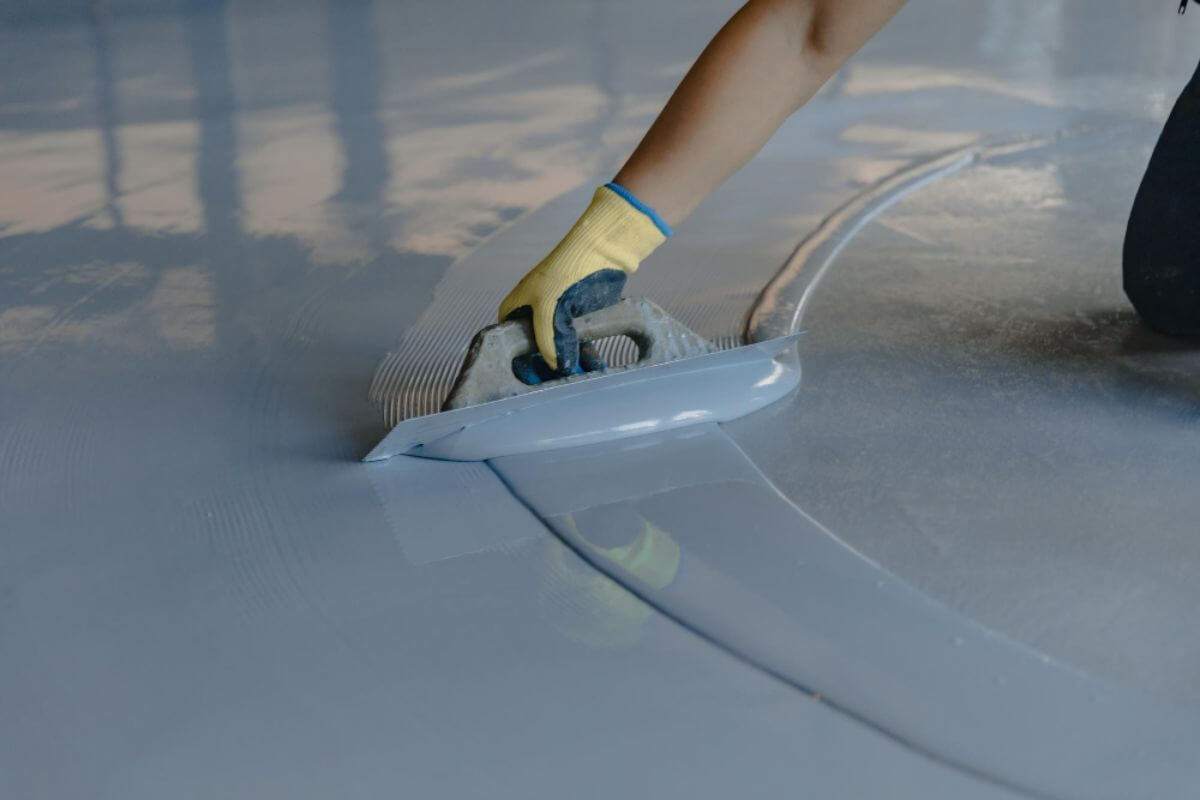How To Disinfect Your Floors At Home
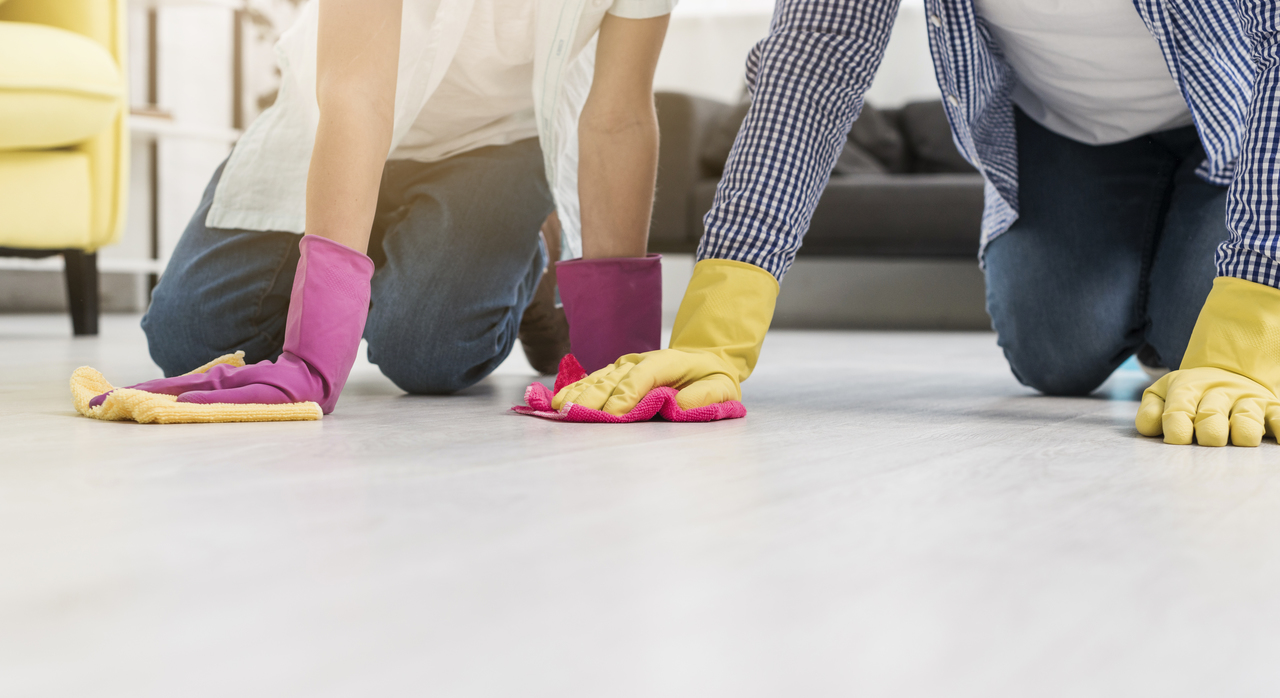
What are some ways to disinfect your floors at home?
- Apply a white vinegar solution
- Mop ceramic floors
- Apply ammonia mixture to marbled flooring
In these unprecedented times, staying healthy, maintaining proper hygiene, and disinfecting surroundings should be at the top of your list. If you’re not equipped with knowledge on how to disinfect your floors at home, you run the risk of diminishing the quality of your home environment.
With the imposition of a lockdown due to COVID-19, people have been left with no choice but to quarantine themselves in their homes. However, you may need to go out from time to time in order to purchase necessities such as food and medicine. When you come back home, you may be bringing along dirt and grime that hold a myriad of bacteria and potential diseases.
When it comes to cleaning the floors of your house, you should always ensure you’re taking into consideration the type of flooring that you have and the kind of cleaning agent you’re using. To learn more about how you can effectively disinfect different types of flooring surfaces, continue reading.
Apply a White Vinegar Solution

Disinfecting hardwood surfaces can be a little difficult since the practice doesn’t make use of the typical cleaning agent. If you have hardwood floor paneling installed in your kitchen, they can be subject to more frequent exposure to different kinds of contaminants and spills. This may create stubborn stains on the paneling.
In order for you to properly maintain the cleanliness and appearance of hardwood floors, the first step is for you to vacuum and remove loose debris as well as dust. After which, you should make a white vinegar and water solution. The concoction is effective in getting rid of bacteria and other pathogens on the hardwood surface. Dip a mop into the solution and, as you’re cleaning, make sure the mop is reaching every part of the floor including the corners. After you’ve done this, you can dry the surface by using a soft towel to remove any moisture or residue.
Mop Ceramic Floors
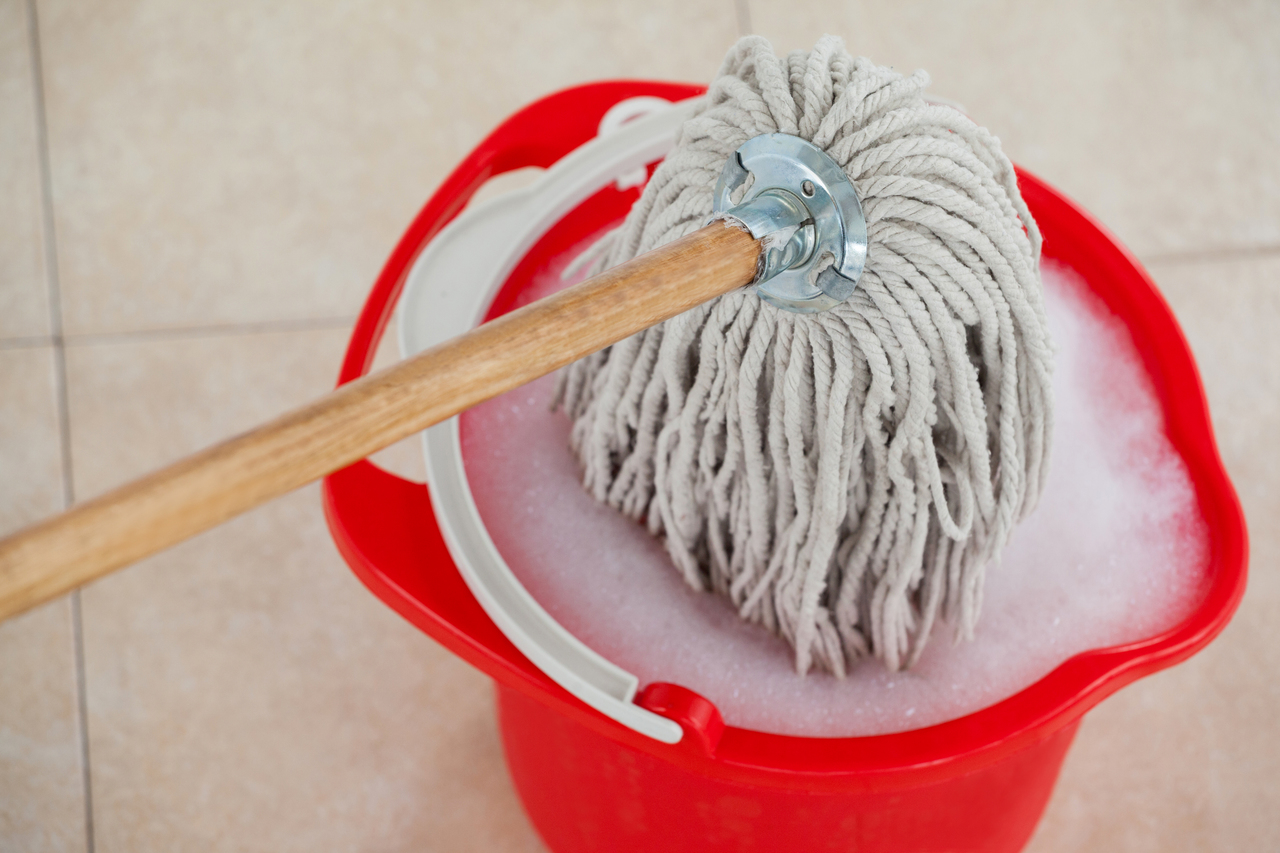
Similar to cleaning hardwood floors, you should ensure that any kind of stain on your ceramic tiles is treated immediately. While ceramic tiles are durable, they need regular maintenance to last for a long time.
Dust and other forms of grime can also house a number of bacteria. Depending on what’s available in your home, sweep your ceramic floors with a broom or vacuum in order to remove dust and other loose debris that may have built up over time.
After thoroughly cleaning, use a mild detergent solution mixed with warm water. Mop the tile surface, making sure you’re changing the buckets every so often to avoid the formation of cloudy films of dirt on the ceramic tile surface. You can always use a non-abrasive all-purpose cleaning agent to remove any dirt films in the event that they do form.
When cleaning the grout, use a grout-safe cleaner or a light bleach solution. Stubborn stains might require you to use a mixture of baking soda and water. Always remember to wear gloves when you’re handling different kinds of chemicals.
Apply Ammonia Mixture To Marbled Flooring

The most effective way of maintaining the cleanliness and look of marbled floors is by mopping them using a solution of diluted ammonia.
As with most types of flooring, you should prepare the surface first by removing dust and debris which may scratch the marbled surface as you’re mopping it. After which, mix a ½ cup of ammonia with a gallon of warm water, and mop it as you would if you were using a pure water solution.
In order for you to clean more stubborn stains, you can create a poultice or a type of paste using two tablespoons of ammonia and a quart of water. After applying the paste, cover it with plastic and let the mixture sit for around a day or two depending on the severity of the stain. Scrape away the paste with a knife or any available scraper you may have. Mop the floor once again with water and dry it with a towel.
Key Takeaway
Maintaining proper hygiene should be your priority as you go about your home quarantine. Not knowing the basics of how to disinfect your floors at home can not only lead to irregular flooring surfaces, but can also present a potential health hazard for the people living in your home.
While there exists many more ways of cleaning different kinds of flooring, always ensure you’re using the proper materials. The guide above has hopefully provided you with a starting point on cleaning different kinds of residential flooring surfaces.
